I adore spending my day at the Dallas Museum of Art. But in the evenings, I also love exploring beyond the museum’s perimeters and checking out what our neighbors in the Dallas Arts District are up to. Last week, I thoroughly enjoyed swaying along to Can’t Take My Eyes Off You, Walk Like a Man, and some of my other favorite songs during Jersey Boys at the AT&T Performing Arts Center. I thought about the legacy of Frankie Valli and the Four Seasons. Their music and lyrics are everywhere! I started to think about where we could find a little bit of Jersey Boys in our collection…
- Robert Rauschenberg, Skyway, 1964, Dallas Museum of Art, The Roberta Coke Camp Fund, The 500, Inc., Mr. and Mrs. Mark Shepherd, Jr. and General Acquisitions Fund
While I was not alive during the 1960s, Jersey Boys transports you back in time, immersing the audience in the dynamic, diverse, and high-energy culture of 1960s America. In the same way, Skyway is a giant collage of imagery representing 1960s American culture.
- George A. Tice, Houses and Watertowers, New Jersey, 1973, Dallas Museum of Art, Polaroid Foundation grant
This photograph reminds me of the New Jersey neighborhood of Frankie’s childhood from which Frankie was so determined to escape. In Jersey Boys, Frankie’s buddy and fellow Season says, “If you’re from my neighborhood, you got three ways out. You could join the army. You could get mobbed up. Or,you could become a star.”
- Robert Morris, Untitled, 1965-66, Dallas Museum of Art, General Acquisitions Fund and matching grant from the National Endowment for the Arts
The concept of gestalt refers to a structure composed of individual parts that cannot be expressed in terms of those parts. (A song, for example cannot be recognized as a list of it individual notes.) Gestalt is important in understanding Morris’ sculpture. In this work, two semi-circles together create a full circle. Gestalt also relates to the success of the Four Seasons: their working-class roots, their resolve to leave New Jersey, Bob Gaudio’s songwriting skills, and Frankie Valli’s unique voice.
- Josef Albers, Homage to the Square: Straight,1962, Dallas Museum of Art, bequest of Louise W. Kahn and Edmund J. Kahn
The clean lines and strict geometry of Albers’ Homage to the Square: Straight reminds me of the Four Seasons’ clean-cut stage appearances: clean-shaven, slick-back hair, matching suits and ties, and perfectly in-sync dance moves. Homage to the Square was also painted the same year that the Frankie Valli and Four Seasons came to fame.
- Bruce Nauman, Perfect Door/Perfect Odor/Perfect Rodo, 1972, Dallas Museum of Art, General Acquisitions Fund, The 500, Inc., Dorace M. Fichtenbaum, Deedie and Rusty Rose, an anonymous donor, the Friends of Contemporary Art and a matching grant from the National Endowment for the Arts in honor of Sue Graze
Many scenes in the Act I take place in seedy lounges and clubs where Frankie and his band mates performed. Neon signage is often the focal point of the set design, referencing the dark and smoky atmospheres of such places. A play-on-words, Perfect Door/ Perfect Odor/ Perfect Rodo, radiates a similar vibe.
Andrea V. Severin
Coordinator of Teaching Programs
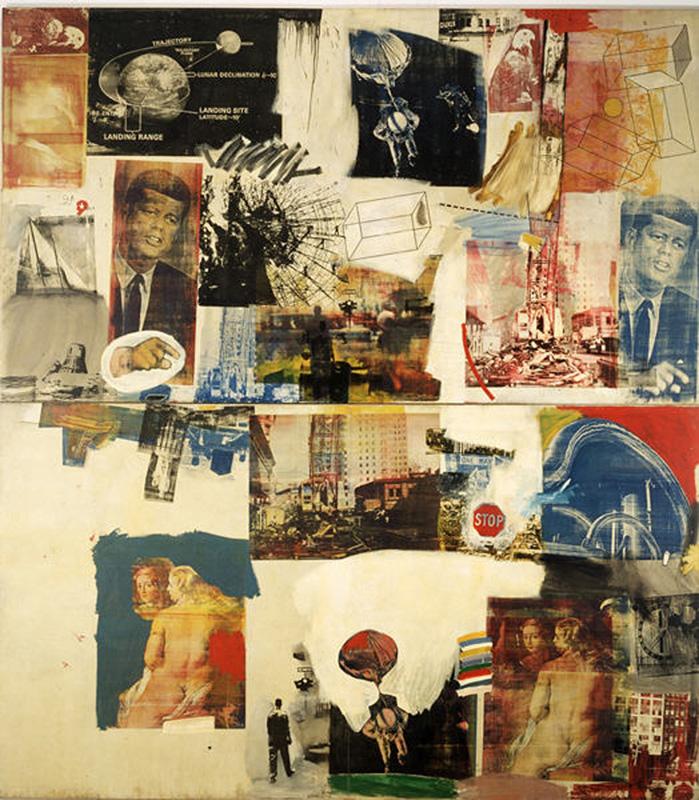
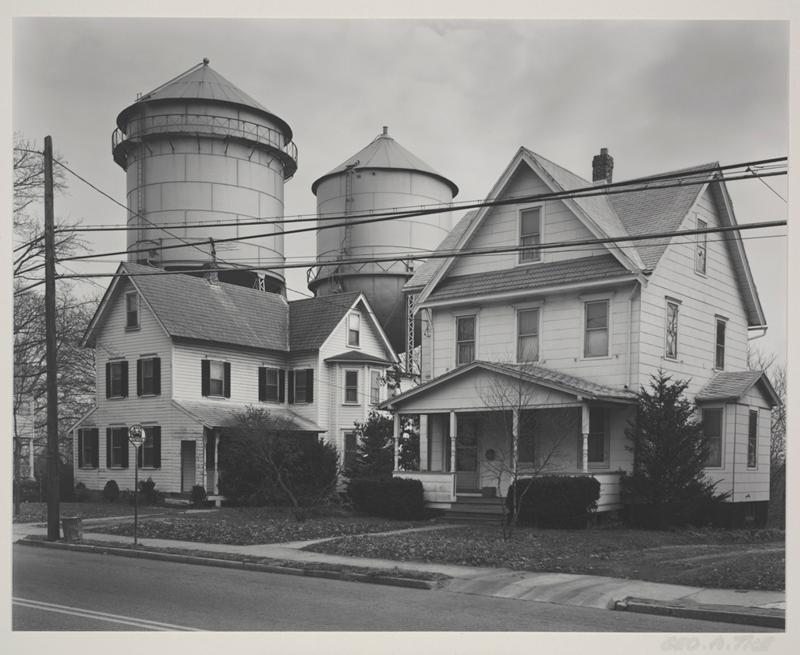
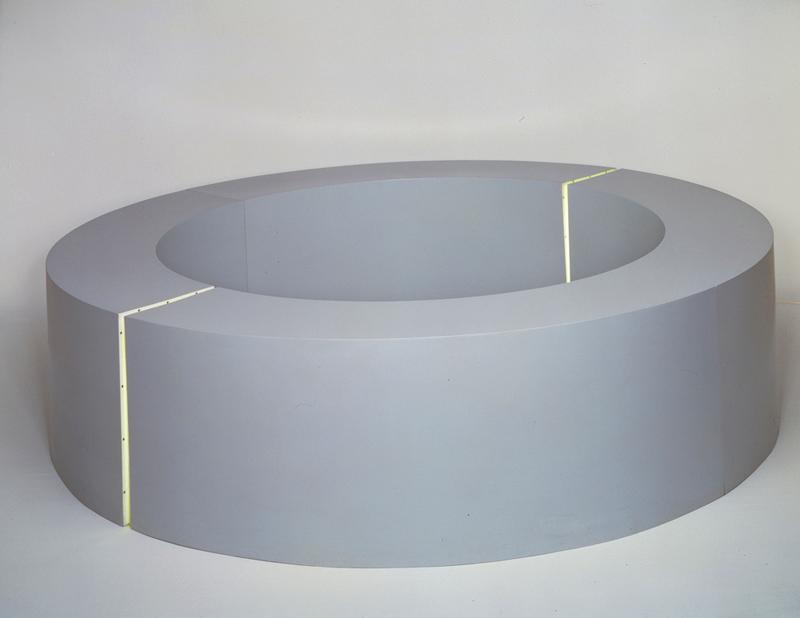
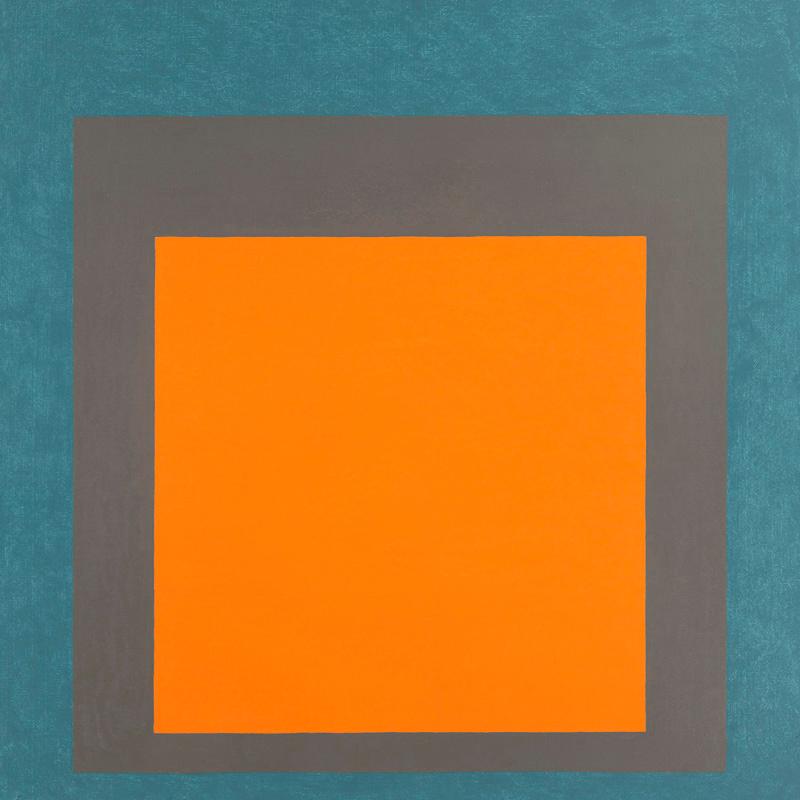
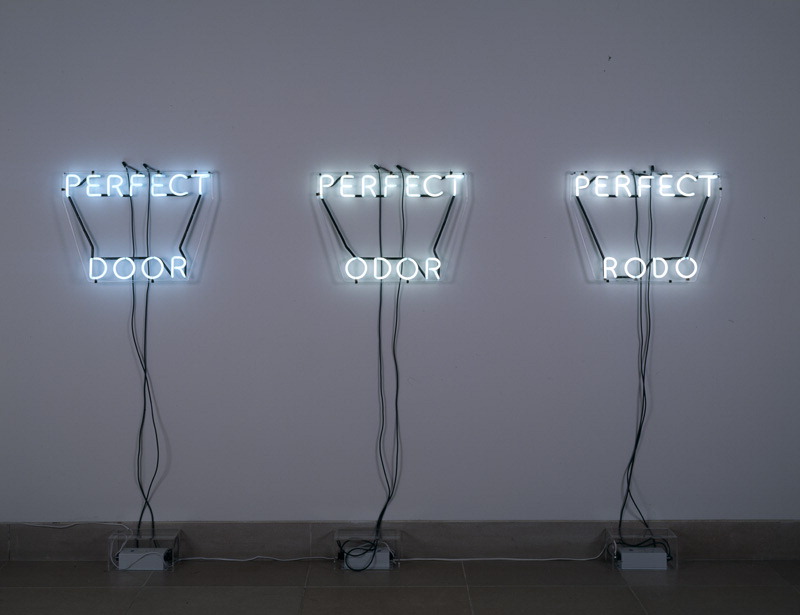
I truly seem to agree with everything that was in fact
put into writing inside Roller Blinds “Collection Connections:
Jersey Boys | DMA Canvas”. I am grateful for pretty much all the tips.
Thanks for your effort-Eleanore